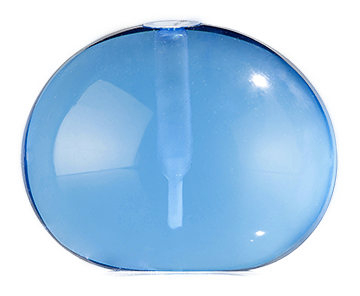The collapsed balloon is installed under intravenous anesthesia and permanent endoscopic control. Before the procedure, an endoscopy should be performed to make sure there are no contraindications: ulcerations, gastric cancer, large hiatal hernia, etc. After that, the balloon is inserted through the mouth and down the esophagus into the stomach. The balloon is filled with 400-700 ml of methylene blue-stained saline. After filling the balloon with saline, a ball is formed. The procedure is very simple and usually does not last more than 15 minutes.
Inside the stomach, the balloon fills its excess volume, so less food is needed to provoke the reaction of the receptors, which signal the filling of the stomach. Therefore, the patient feels full earlier than usual. Over time, the patient gets into the habit of eating less. Subsequently, the patient adapts to the new eating habits and maintains them after the balloon is removed.
During the first days after balloon placement, the patient feels nausea, stomach overfilling and unpleasant epigastric sensations. The level of these feelings is individual and depends on the patient. The presence of foreign bodies in the stomach increases the production of gastric acid and irritation of the mucous membrane, therefore special medications are provided for the prevention of these effects. In general, after 7 to 14 days after balloon placement, the patient does not feel the presence of the balloon and can lead a normal lifestyle.
The balloon is removed under general anesthesia and intubation. The balloon is pierced with a special endoscopic needle, deflated, and removed through the mouth with forceps.
